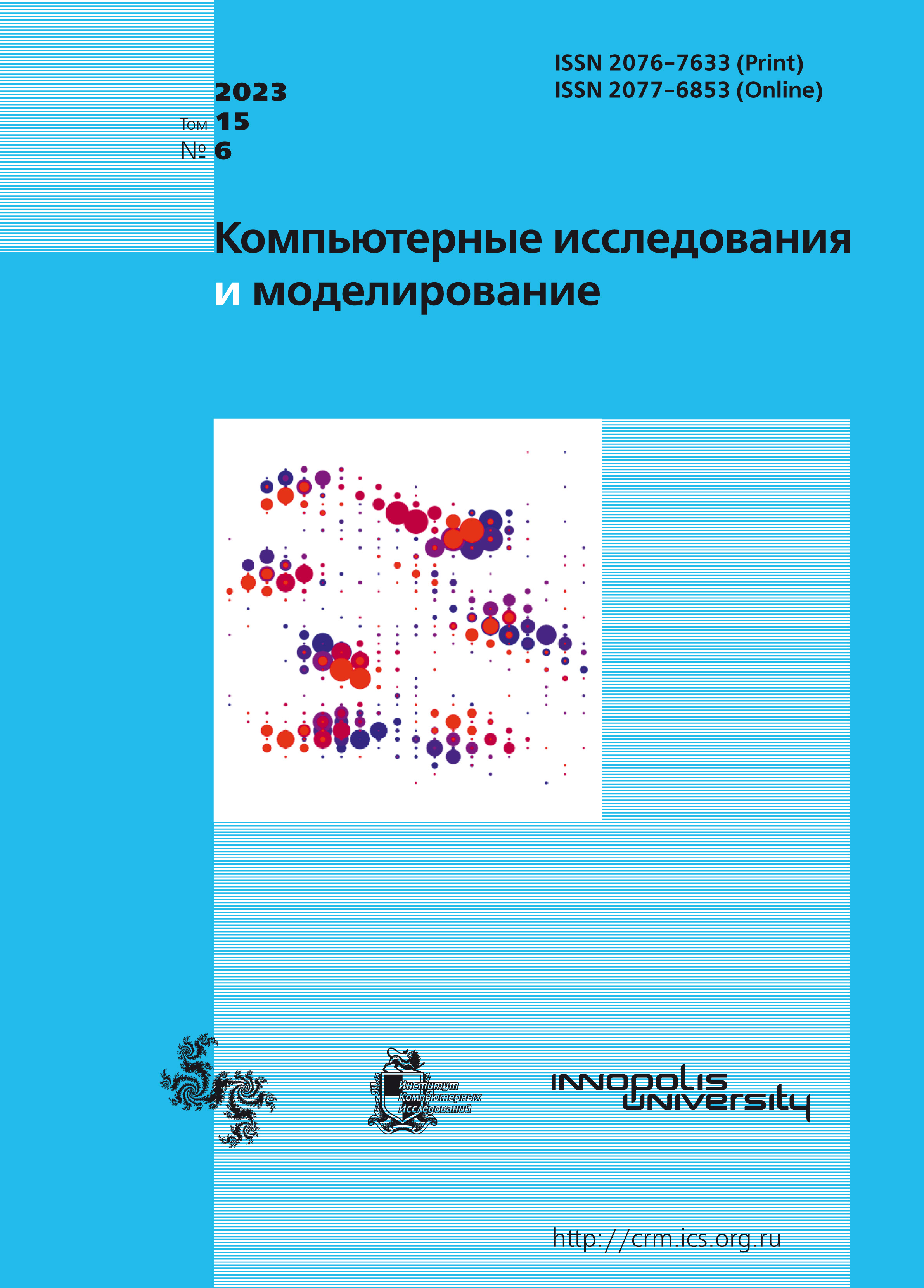All issues
- 2025 Vol. 17
- 2024 Vol. 16
- 2023 Vol. 15
- 2022 Vol. 14
- 2021 Vol. 13
- 2020 Vol. 12
- 2019 Vol. 11
- 2018 Vol. 10
- 2017 Vol. 9
- 2016 Vol. 8
- 2015 Vol. 7
- 2014 Vol. 6
- 2013 Vol. 5
- 2012 Vol. 4
- 2011 Vol. 3
- 2010 Vol. 2
- 2009 Vol. 1
Calibration of an elastostatic manipulator model using AI-based design of experiment
 pdf (5620K)
pdf (5620K)
This paper demonstrates the advantages of using artificial intelligence algorithms for the design of experiment theory, which makes possible to improve the accuracy of parameter identification for an elastostatic robot model. Design of experiment for a robot consists of the optimal configuration-external force pairs for the identification algorithms and can be described by several main stages. At the first stage, an elastostatic model of the robot is created, taking into account all possible mechanical compliances. The second stage selects the objective function, which can be represented by both classical optimality criteria and criteria defined by the desired application of the robot. At the third stage the optimal measurement configurations are found using numerical optimization. The fourth stage measures the position of the robot body in the obtained configurations under the influence of an external force. At the last, fifth stage, the elastostatic parameters of the manipulator are identified based on the measured data.
The objective function required to finding the optimal configurations for industrial robot calibration is constrained by mechanical limits both on the part of the possible angles of rotation of the robot’s joints and on the part of the possible applied forces. The solution of this multidimensional and constrained problem is not simple, therefore it is proposed to use approaches based on artificial intelligence. To find the minimum of the objective function, the following methods, also sometimes called heuristics, were used: genetic algorithms, particle swarm optimization, simulated annealing algorithm, etc. The obtained results were analyzed in terms of the time required to obtain the configurations, the optimal value, as well as the final accuracy after applying the calibration. The comparison showed the advantages of the considered optimization techniques based on artificial intelligence over the classical methods of finding the optimal value. The results of this work allow us to reduce the time spent on calibration and increase the positioning accuracy of the robot’s end-effector after calibration for contact operations with high loads, such as machining and incremental forming.
Copyright © 2023 Popov D.I.
Indexed in Scopus
Full-text version of the journal is also available on the web site of the scientific electronic library eLIBRARY.RU
The journal is included in the Russian Science Citation Index
The journal is included in the RSCI
International Interdisciplinary Conference "Mathematics. Computing. Education"






